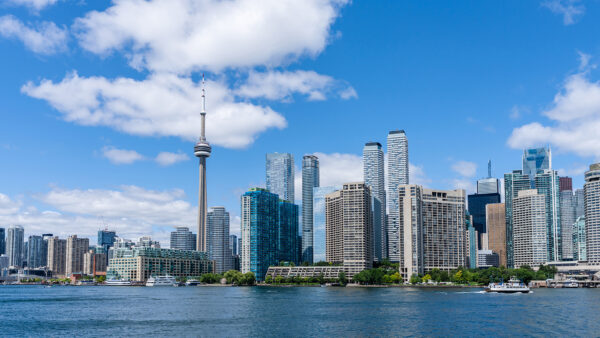Six years after Californian voters passed Proposition 1A to begin work on an 836km high-speed rail line between San Francisco and Los Angeles, work has actually begun. Last week the first demolition crews began knocking down and carting away bars and apartments in Fresno, the Central Valley town where the first section of the line is to be constructed. Â
Trains on the line would travel at speeds of up to 350kmh, reducing the time taken to travel between the state’s main urban centres to two hours and forty minutes. But the $68bn projects still faces a variety of financial and legal hurdles before it can be considered to be properly under way.
Initial funding was provided by the issuing of $9.95bn in bonds by the State of California. However, the project took a blow in November when the Sacramento County Superior Court issued two rulings that prevented the release of funding from the passage of Proposition 1A.
It ruled that the State of California did not have a valid financing plan, as required by the proposition, and required the California High-Speed Rail Authority (CHSRA) to rescind its business plan and create a new one. It also ruled that the state had not properly approved the sale of bonds to finance the project and declined to validate the bonds.
There is also a problem with federal funding. A report last year by the Government Accountability Office commented that, so far, only $3.3bn of the $42bn to be contributed by the Federal Railroad Administration had been approved. The report said: “The remaining $38.7bn has not been identified in federal budgets or appropriations” but would amount to about $2.5bn annually, more than the government’s spending on the whole of Amtrak.
This process has been complicated by the opposition of the Republican Party to the scheme since it took control of the House of Representatives and blocked the provision of new funding for the high-speed rail scheme. Â
The good news
At the end of last month, the Federal Railroad Administration said it had issued a Record of Decision for the 183km Fresno to Bakersfield section of the line, a decision that Anthony Foxx, the US transport secretary, called “a major step forward, both for the State of California and for high performance rail in the US.” The decision was the final legal and administrative step needed to put the demolition crews to work in California.
Meanwhile, the Californian state government has announced a plan to find the money it needs to finance the line by levying green taxes on businesses. This would create a steady income stream for rail work, and also provide the security necessary to take out larger loans for the work from the federal government and private investors. The money is to come from a cap-and-trade scheme in which businesses would pay for permission to pollute.
The high cost of the Californian rail system has been a source of controversy. Earlier this month, a World Bank report calculated that the cost per kilometre of high-speed rail in California was $56m, compared with figures as low as $19m in China and $32m in Europe.Â
The paper found that the Chinese were able to keep costs low for a variety of reasons, including their embrace of high-speed rail on a massive scale and by standardising designs and manufacturing.










